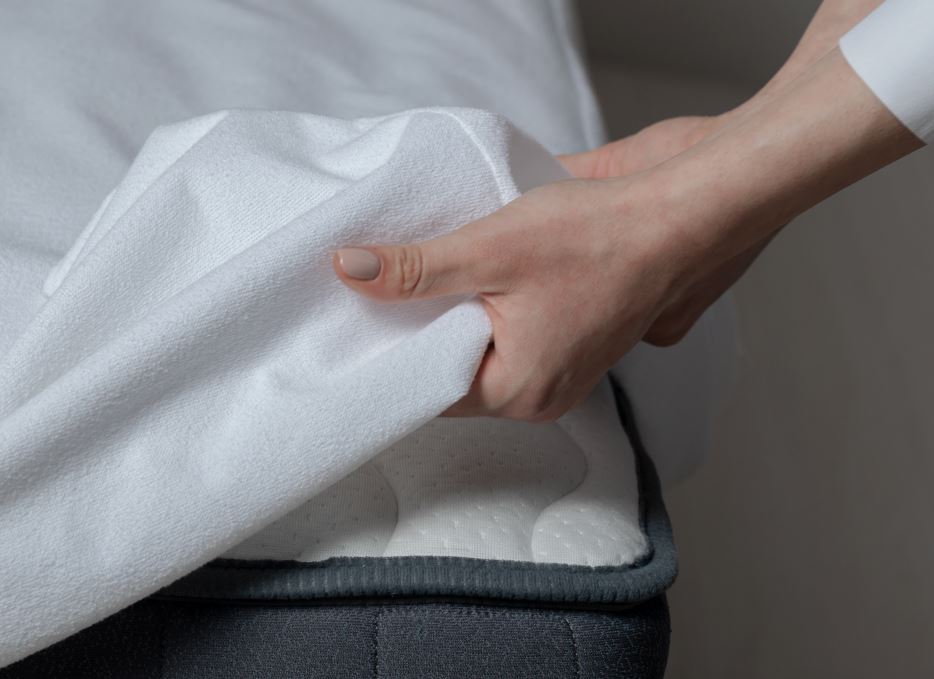We all know that sleep is important. It’s so important that the average person spends as much as one third of their life sleeping! With that in mind, a high-quality mattress is a wise investment … which deserves to be cared for. This is where the mattress cover comes in. If you want to keep your mattress free of moisture, debris, and any of the stains that those of you with children are surely familiar with, then a mattress cover is the answer. However, considering its role as a stain shield, every mattress cover needs washing. Below are a few tips to ensure your cover remains fit to continue its loyal service for as long as possible.
Built-in removeable covers
Some mattresses, especially children’s models, are made of a foam core with a built-in zippable cover. These covers can generally be removed and washed according to the instructions on the label.
- Dry clean if required.
- If machine washing is allowed, then carefully remove the cover and place it in your washing machine, preferably by itself.
- Use mild detergent and the “normal” cycle with the highest temperature that the label allows (generally 40°C or less). If you are concerned about killing bacteria or viruses, try using an antibacterial detergent.
- Hang your mattress cover out to dry, since using a dryer could cause stretching or shrinking.
- Wait until your mattress cover is completely dry before putting it back onto your mattress.
Add-on covers
A variety of mattress covers can be purchased according to your needs, including texture, moisture resistance, elasticity, anti-allergenic properties, etc. Most of these are machine-washable.
- Always start by reading the label. Check whether your cover can be machine-washed. If it can’t, take it to the dry cleaner.
- Use mild detergent and the “gentle” or “delicate” cycle at around 30°C, especially if your cover is waterproof.
- For particularly soiled covers, use an antibacterial detergent.
- Avoid ironing.
- Replace after one to two years or sooner if visible signs of damage appear.
For more tips on how to care for your favorite clothes and linens, visit our special fabrics section.
